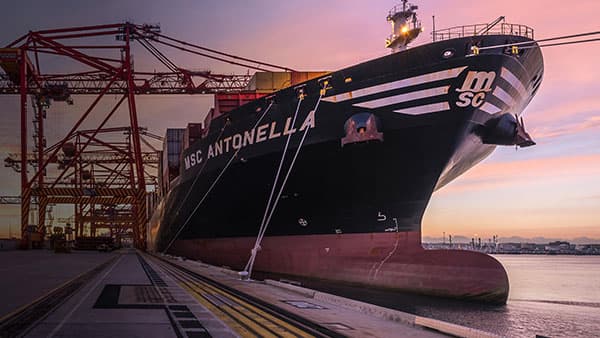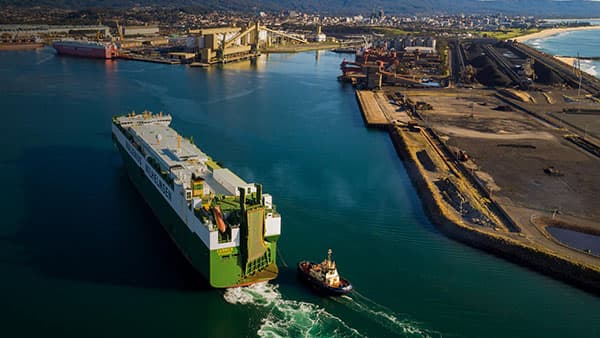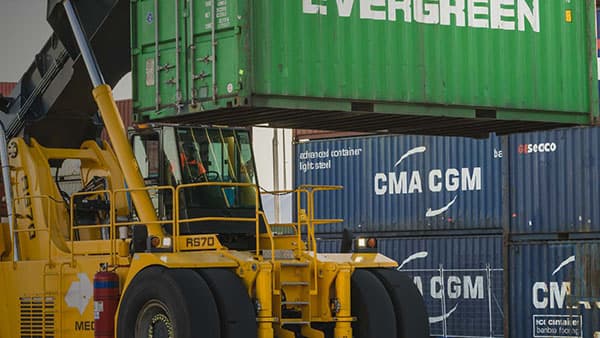Supporting the movement of millions of tonnes of freight every year
In managing Australia's key trade gateways at Port Botany and Port Kembla we support the movement of millions of tonnes of freight every year. This includes imports and exports destined for domestic and international markets.
What we keep moving
Container Cargo
Port Botany currently handles 99.6% of the container traffic in New South Wales, or 2.8 million TEU a year.
The Port Botany expansion, completed in 2013, doubled the port’s container handling capacity. There are three container terminals operated by independent stevedores, with a total of 12 shipping berths.
Port Botany offers efficient movement of goods. The port boasts a deep water shipping channel with short transit times to and from berth facilities, and with current port infrastructure can service ships up to 15,000 TEU today.
Port Botany has features on-dock rail at all three container terminals, and is connected by dedicated freight rail to our intermodal facilities at Cooks River and Enfield.
Port Botany Cooks River Intermodal Terminal Enfield Logistics Centre
Car Imports & roll-on, roll off cargo
Port Kembla is the port of choice for goods of this nature.
Our sites offer the capability to handle motor vehicles and other general bulk goods, including heavy and oversize cargo.
Located in the NSW Illawarra region, the port handles 100% of the state’s motor vehicle imports. It also has a high capacity fully land backed ramp pad, capable of accepting most heavy and oversize project cargo.
General, Oversize and Project Cargo
Port Kembla specialises in the handling of general cargo, over dimensional, heavy and project cargo.
Bulk Liquids and Gas
With four bulk liquid berths, including the site of Australia’s largest common user bulk facility under our management, we are able to handle a variety of bulk liquid products in large volumes.
Port Botany has two bulk liquid berths with direct pipeline access to nearby storage facilities and direct pipeline links to nearby industrial precincts. The facilities currently handle 99% of the bitumen requirements and 90% of bulk chemical requirements for the state. The port also has gas storage facilities capable of managing 70% of the state’s LPG needs.
Port Kembla also has two bulk liquid berths. These facilities are primarily used for fuel discharge and loading and sulphuric acid gas imports.
Agriculture, Construction and Mining Products
Port Kembla is home to the largest grain export terminal and is the second largest coal export port in New South Wales. The site’s two grain facilities are conveniently located in the Inner Harbour and provide storage and handling requirements for bulk grain exports.
The port’s coal terminal has road and rail receival facilities and services the state’s Southern and Western coalfields.
Dry bulk and break bulk facilities exist at four berths in the Outer Harbour at Port Kembla, which handle agricultural, construction and mining products; including mineral concentrates, cement clinker, fertiliser, forestry and steel products.



